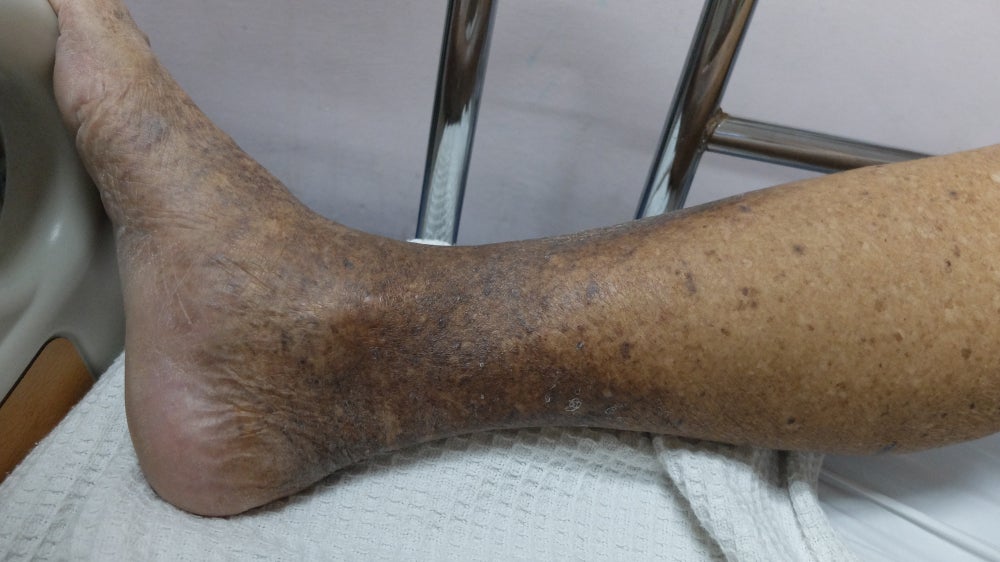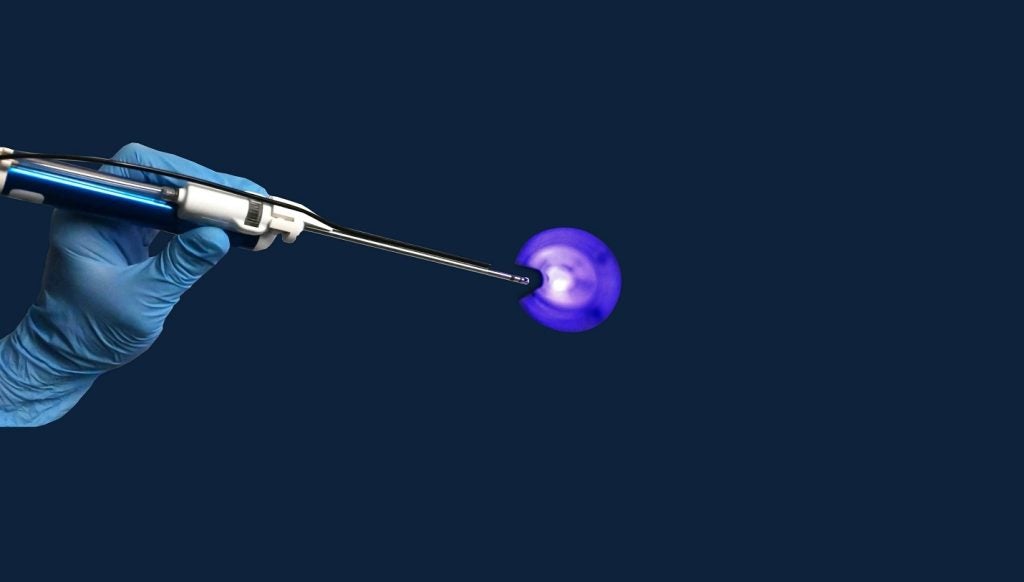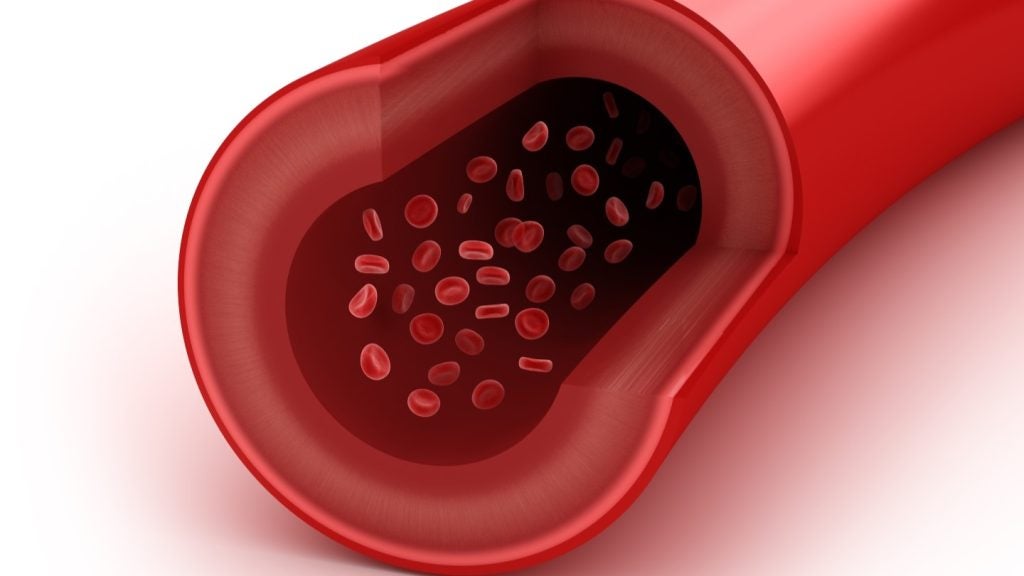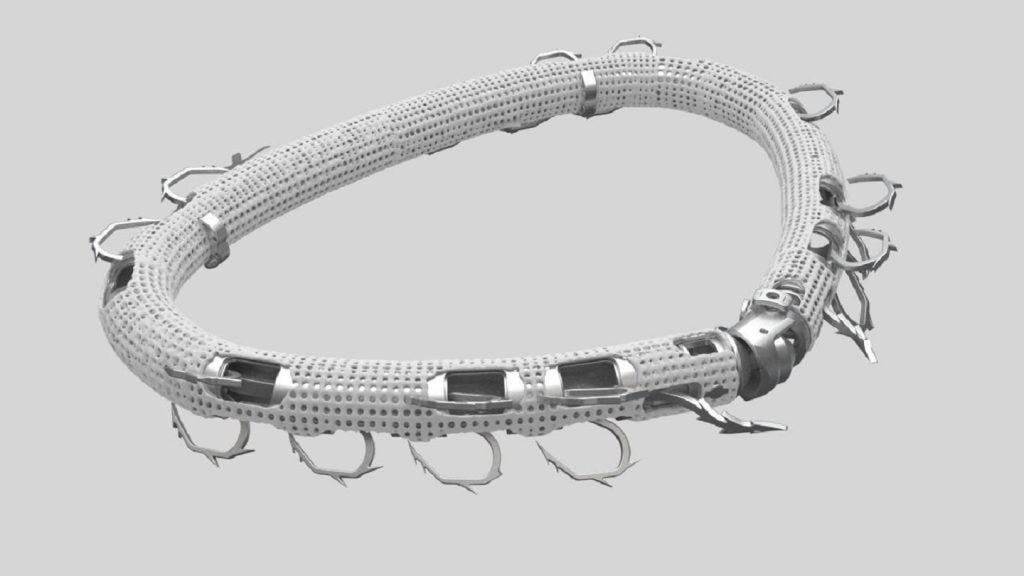BrainLAB has filed a patent for a computer-implemented method using audio and image data to train a learning algorithm to identify medical devices. The algorithm generates a time-synchronized transcript to recognize instruments and predict the next one to be used. The patent claims a method to establish a relation between audio and visual identifiers and device labels. GlobalData’s report on BrainLAB gives a 360-degree view of the company including its patenting strategy. Buy the report here.
According to GlobalData’s company profile on BrainLAB, Surgical robots was a key innovation area identified from patents. BrainLAB's grant share as of January 2024 was 62%. Grant share is based on the ratio of number of grants to total number of patents.
Training a learning algorithm to identify medical devices
See Also:
The patent application (Publication Number: US20240013518A1) describes a computer-implemented method for training a learning algorithm to identify medical devices based on audio and visual identifiers. The method involves acquiring training audio data describing an audio identifier, training image data with a visual identifier, determining training audio meta data, acquiring device label data, and determining label identity data to establish a relation between the visual and audio identifiers and the label. Additional steps include acquiring training visual meta data describing the use state of the medical device in digital images and inputting this data into the function establishing the relation. The training transcript and visual identifier are time-synchronized to associate them accurately.
Furthermore, the patent application details a method for determining the relation between visual and audio identifiers and a label identifying a medical device. This involves acquiring audio and image data, determining audio meta data, and device identity data to establish the relation. The learning algorithm is trained using visual meta data describing the use state of the medical device in digital images. The method also includes acquiring audio confirmation data, determining image identifier based on relative positions in digital images, and defining the use state based on cleanliness, hand movements, relative positions, and device geometry. Additionally, the method involves acquiring medical device order data to predict the next device to be used and monitoring device usage through a counter. The learning algorithm may include machine learning algorithms or convolutional neural networks, with model parameters defining the learnable parameters of the algorithm.
To know more about GlobalData’s detailed insights on BrainLAB, buy the report here.
Premium Insights
From

The gold standard of business intelligence.
Blending expert knowledge with cutting-edge technology, GlobalData’s unrivalled proprietary data will enable you to decode what’s happening in your market. You can make better informed decisions and gain a future-proof advantage over your competitors.







